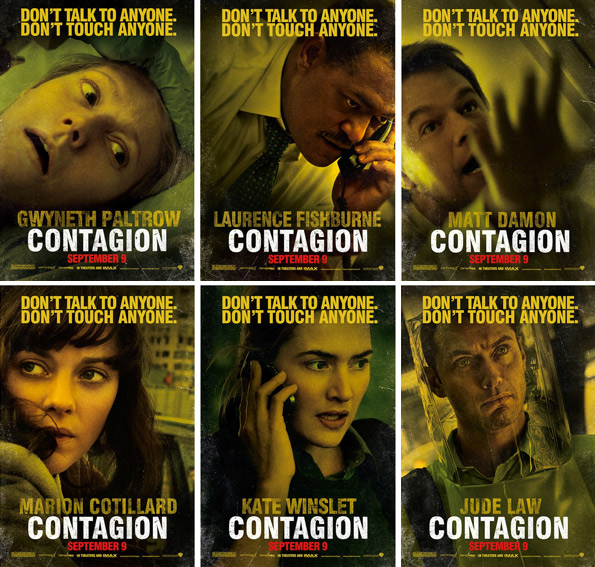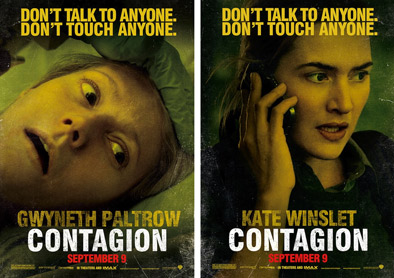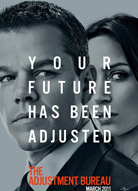TIFF: Shedding Light on "Urbanized."
 Saturday, September 10, 2011 at 8:20AM
Saturday, September 10, 2011 at 8:20AM The best way for a film audience's eyes to light up is to produce vivid images on the screen. Gary Hustwit, director of documentaries like Helvetica and Objecitified now brings us Urbanized about urban planning around the world. It has an opening montage, despite being at least four shots long, that absolutely rivals or even betters the ones in Woody Allen's movies, because it depicts different and more rustic angles on certain landmarks. The Kremlin as seen on the background from a nearby bridge, the foreground populated by young people including one wearing an I ♥ NY shirt. A close-up of the St. Louis Gateway Arch, as silver and white as the rising moon. Unlike Allen, these visions are devoid of tourist-y romantic schmaltz.

The movie took me on a grand tour. It concentrates less on the touristy areas and more towards where the residents live and move around, these spaces depicted more magnificently than any monument. It brought out my nerd-like fascination of watching how Bogota has chosen buses over subways and trains or where Copenhagen has arranged the city's old streets to accommodate certain types of vehicles. It also shows how the depopulation and devastation of certain American cities can break the audience's heart more than the squalor in third world slums like those in Rio. This film isn't just composed of shots of city streets and the structures that line them, as the camera shows interviews of mayors, urban planners and advocated who are candid about their predecessors and each other.
Too bad it doesn't keep this momentum throughout the film but it does stick to its mission. Like most documentaries about worldwide trends, it inevitably has to show statistics about populations flocking to different cities throughout history and its effects on those areas with this kind of alarmingly increasing density.

The movie can also be criticized with heavy-handed leftist leanings. I saw it with an insufferably liberal audience that clapped whenever bikes or Jane Jacobs were mentioned. It tries to be more fair and balanced by including the voices that advocate 'unpopular' city building like the neglect in Mumbai, Niemeyer's 'spacious' method that he used in Brasilia, the sprawl in Phoenix and the anti-environmental renovations in Stuttgart. The film runs the risk of preaching to the choir, despite its beautiful realism.
 Gary Hustwit,
Gary Hustwit,  NYC,
NYC,  Russia,
Russia,  TIFF,
TIFF,  documentaries
documentaries 










